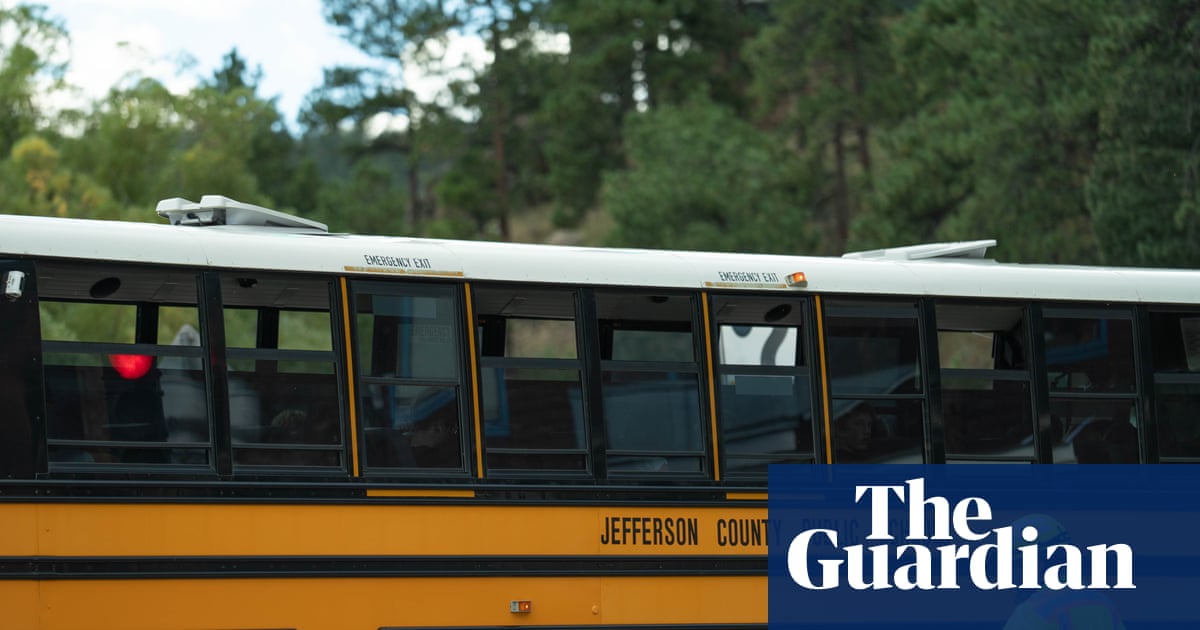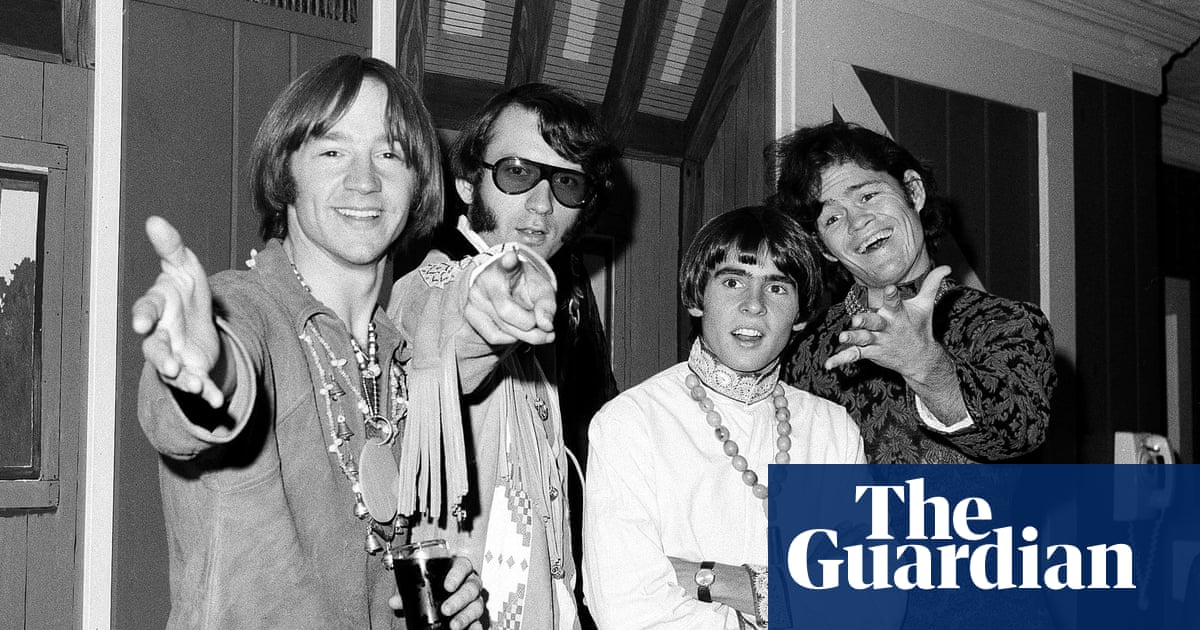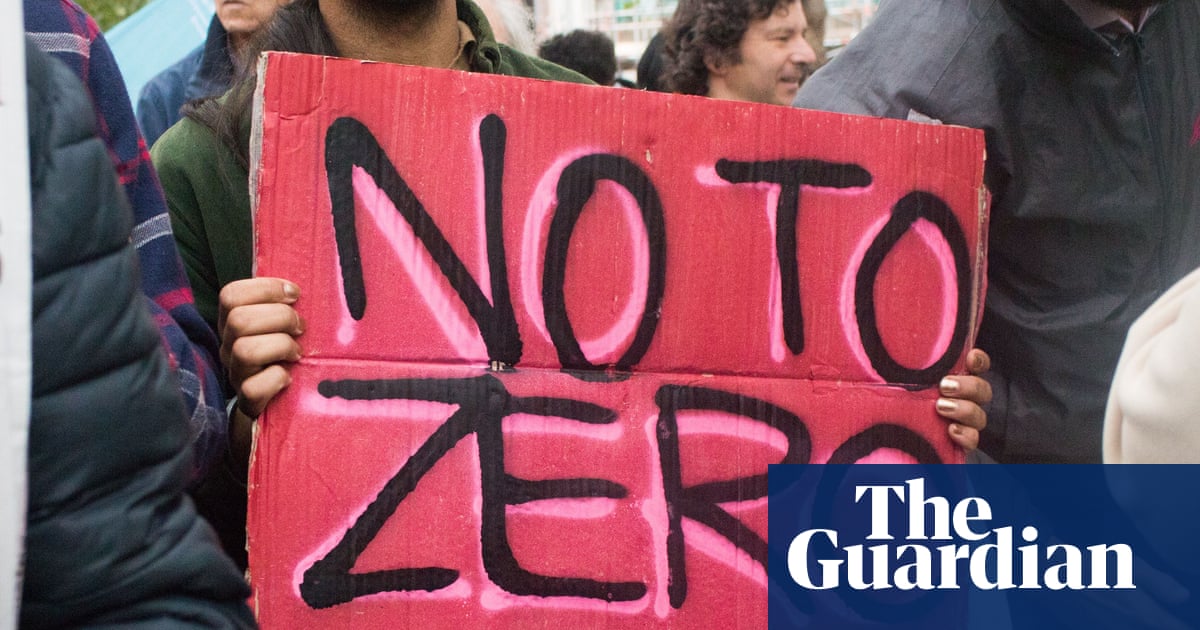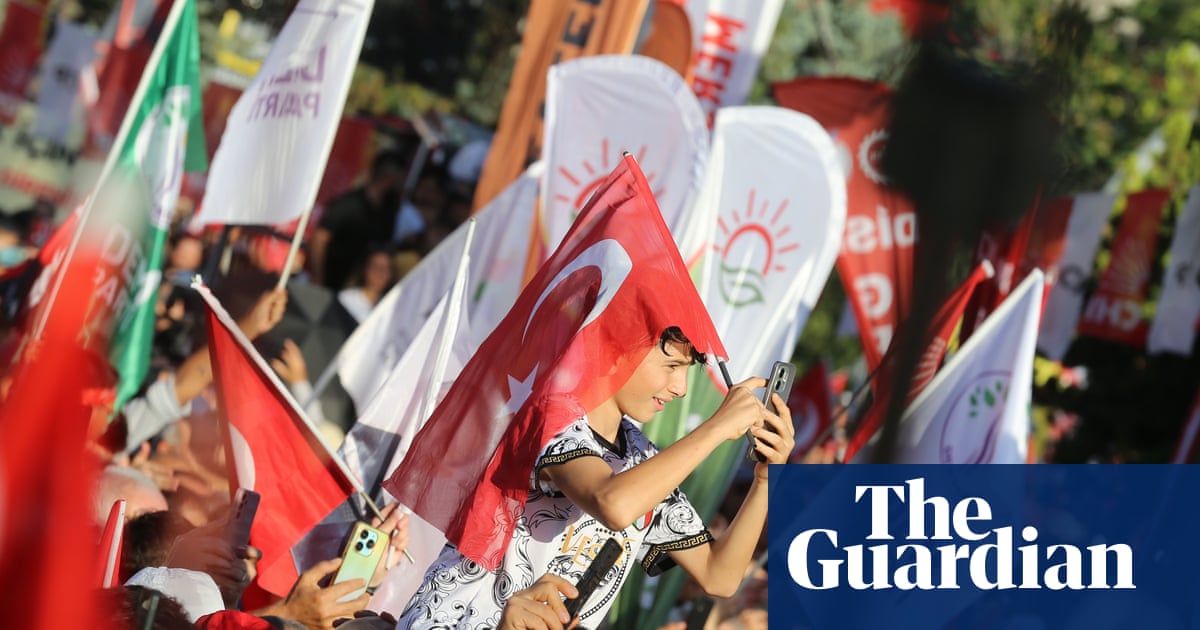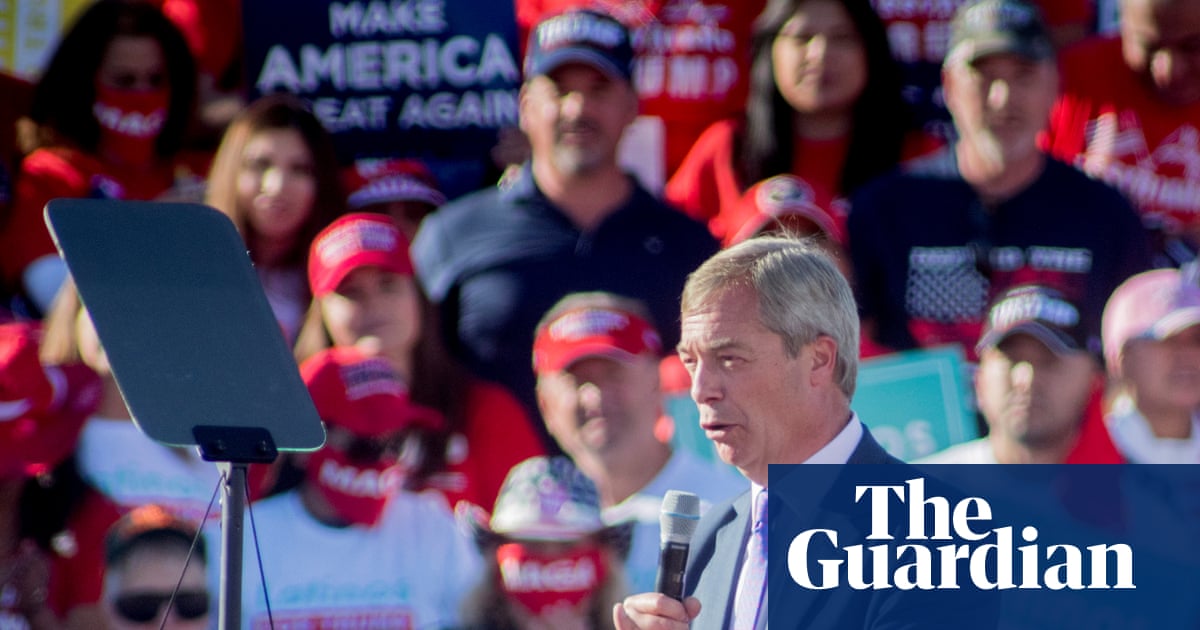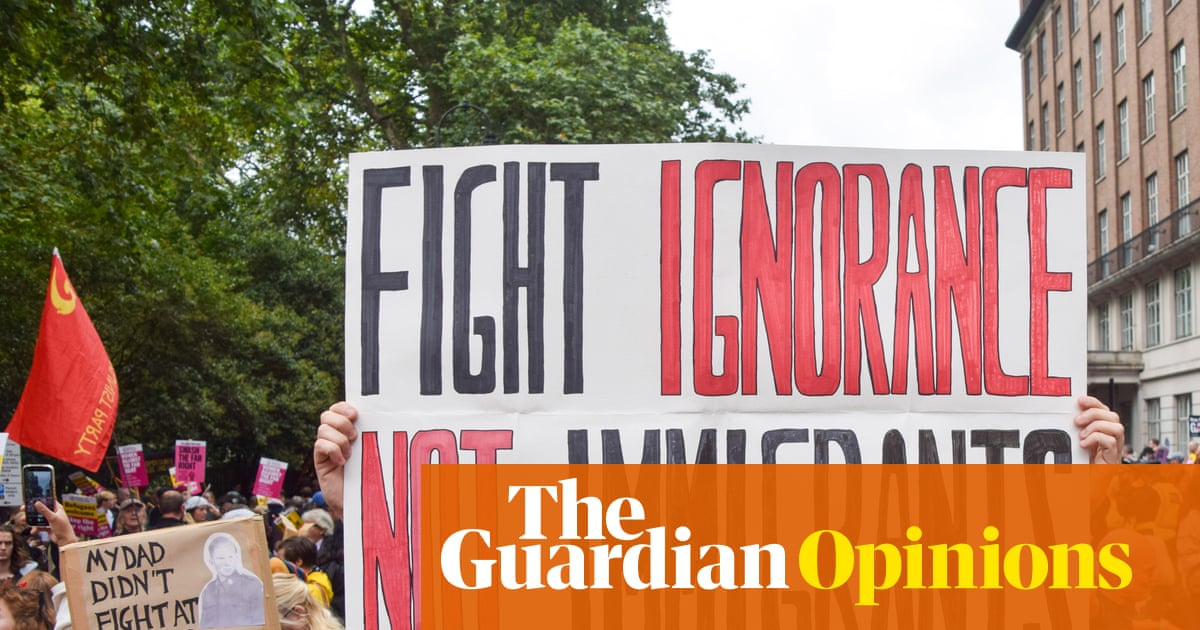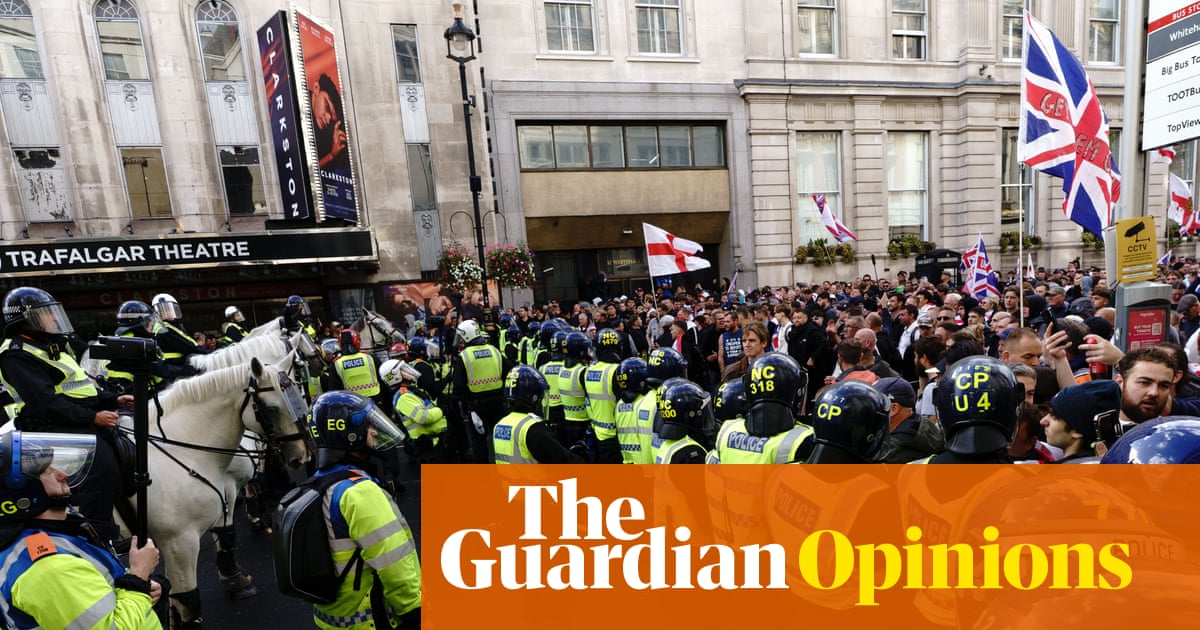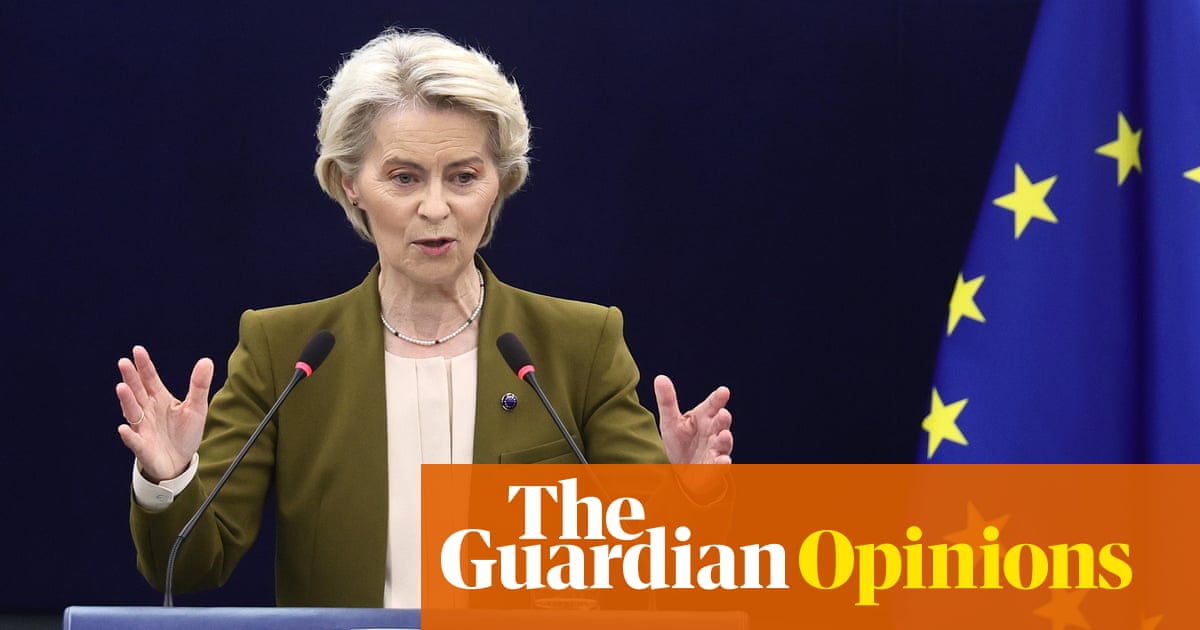Climate breakdown is usually held up as the biggest, most urgent threat humans pose to the future of the planet today.
But what if there was another, greater, human-made threat that could snuff out not only human civilisation, but practically the entire biosphere, in the blink of an eye?
As you read this, about 4,000 nuclear weapons are poised for a first strike across the northern hemisphere, enough atomic firepower to kill as many as 700 million people from blasts and burning alone.
And that is just the start. The explosions and fires – like nothing seen on Earth since the comet strike that led to the Cretaceous mass extinction – would loft enough soot into the stratosphere to cast an impenetrable shadow over the globe. No light means no photosynthesis, the basis of planetary foodwebs. No heat means that the surface of the Earth would plunge into an icy, years-long winter.
That is the message of Mark Lynas, a British writer who for two decades has worked to help people understand the science of climate breakdown while pushing for action on carbon emissions. But after three years of research for a new book, published last month, he now sees nuclear war as an even greater threat.
“There’s no adaptation options for nuclear war,” Lynas said. “Nuclear winter will kill virtually the entire human population. And there’s nothing you can do to prepare, and there’s nothing you can do to adapt when it happens, because it happens over the space of hours.
“It is a vastly more catastrophic, existential risk than climate change.”
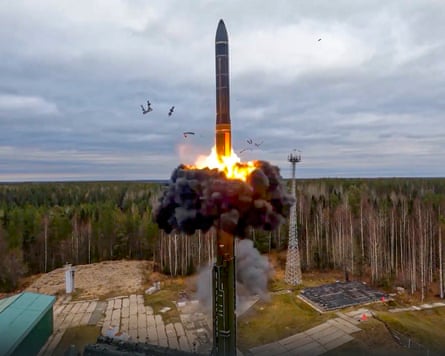
Lynas got started on his work on nuclear war in 2022, soon after Russia’s full-scale invasion of Ukraine. Like many born into the era of the cold war, he was aware of the concept of nuclear winter – the likely environmental impact of a global thermonuclear exchange. But what emerged from his research was far more horrifying.
As the rest of the world gradually forgot about the nuclear threat, researchers began applying the new models of climate science – the same ones used to predict the developing threat of climate breakdown – to understand its dramatic implications.
“The burning of the cities is the mechanism that causes nuclear winter,” Lynas said. “You get soot that’s lofted through pyrocumulonimbus clouds – big, fire-generated thunder clouds – which pump [it], like a chimney, into the stratosphere.
“Once it gets above the tropopause, into the stratosphere, it can’t be rained out. And because it’s dark coloured, it catches the sun, heats up and gets higher and higher. It gets probably totally dark at the surface for weeks, if not months.”
The temperature rapidly drops below freezing. And it stays there, for years. “There’s never another harvest for humanity. The food will never grow again. Because by the time the sun comes back out and temperatures rise again, within a decade or so, everyone’s dead.”
How likely is this scenario? Surely no one could be so reckless as to start a nuclear war? Actually, says Lynas, they could. After all, the US did use nuclear weapons against civilians in Japan in 1945, and since then there have been numerous moments when the world stood minutes from nuclear war, whether by accident or brinkmanship. Today, both the US and Russia have espoused first-strike doctrines that threaten the use of nuclear weapons even against conventional attacks (China, notably, has a policy of “no first use”).
Meanwhile, nuclear weapons continue to proliferate. The US and Russia hold the biggest arsenals, with about 12,000 between them. China is racing to catch up, with an estimated 500 as of 2024. Also armed are Britain, France, Israel, India, Pakistan and North Korea, with Iran apparently on the cusp developing its own weapon – a step that onlookers fear it may be more likely to take after last week’s attacks by Israel.
And the potential for error is also high. If US early warning systems went off, its nuclear doctrine would give Donald Trump six minutes to decide whether it was a glitch (which has happened) or to respond in kind. Russia is said to have a “dead hand” system that would launch ballistic missiles automatically in the event its own command and control structures were disabled.
So what can be done? We could stop ignoring it, for a start. Lynas calls for the revival of an anti-nuclear weapons movement on a scale to match that of the present-day climate movement, although he has criticisms of past such movements.
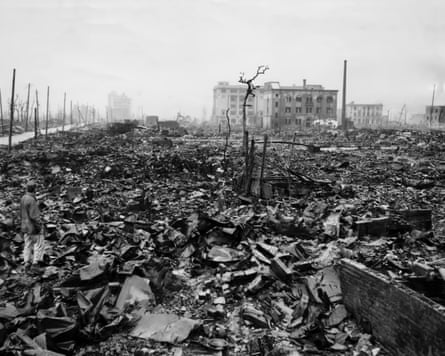
“On the success side, it had some very dedicated people who devoted their whole lives to this issue, in quite large numbers,” he said. “But it was also politically very, very left of centre, very kind of hippy, peace movement type thing – women-only spaces. And that kind of stuff, of course, then means that anyone who’s politically centrist or right centre isn’t involved.
“And if you have a very narrow political base in your movement, you’re going to have a very narrow success rate.”
Lynas disavows unilateral nuclear disarmament as naive, and maintains – unlike previous anti-nuclear campaigners – that nuclear power is not only not a threat, but possibly a massive benefit to human civilisation, not least because of its potential for producing low-carbon energy.
Nevertheless, some of his suggestions are quite radical, including treating everyone in the chain of command in the “nuclear nine” states, from leaders down, as a potential war criminal, subject to legal restrictions and sanctions in states that choose not to hold nuclear weapons.
In spite of all the grim possibilities, Lynas sees hope – and in unusual places. “Trump gets credit for basically shaking things up in a way which could lead to a more positive outcome,” he said. Much as it took another Republican president, Ronald Reagan, to kickstart the US and Soviet disarmament of the 1980s, so Trump could do what Democrats, eager to prove their strength, could – or would – not.
“And you know, maybe his bromance with [Vladimir] Putin and Kim Jong-un or whatever will bring them to the table.”
Six Minutes to Winter was published in May by Bloomsbury.

 3 months ago
668
3 months ago
668


